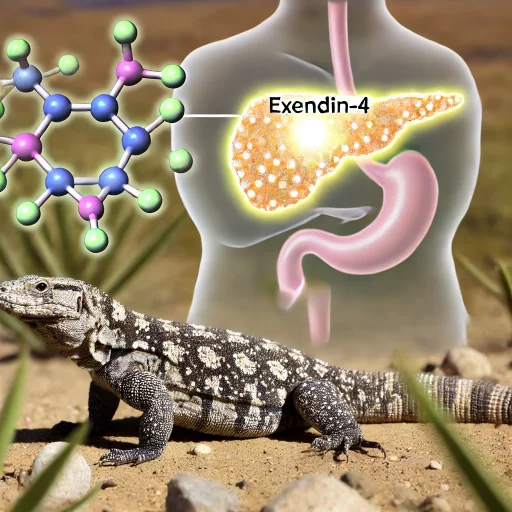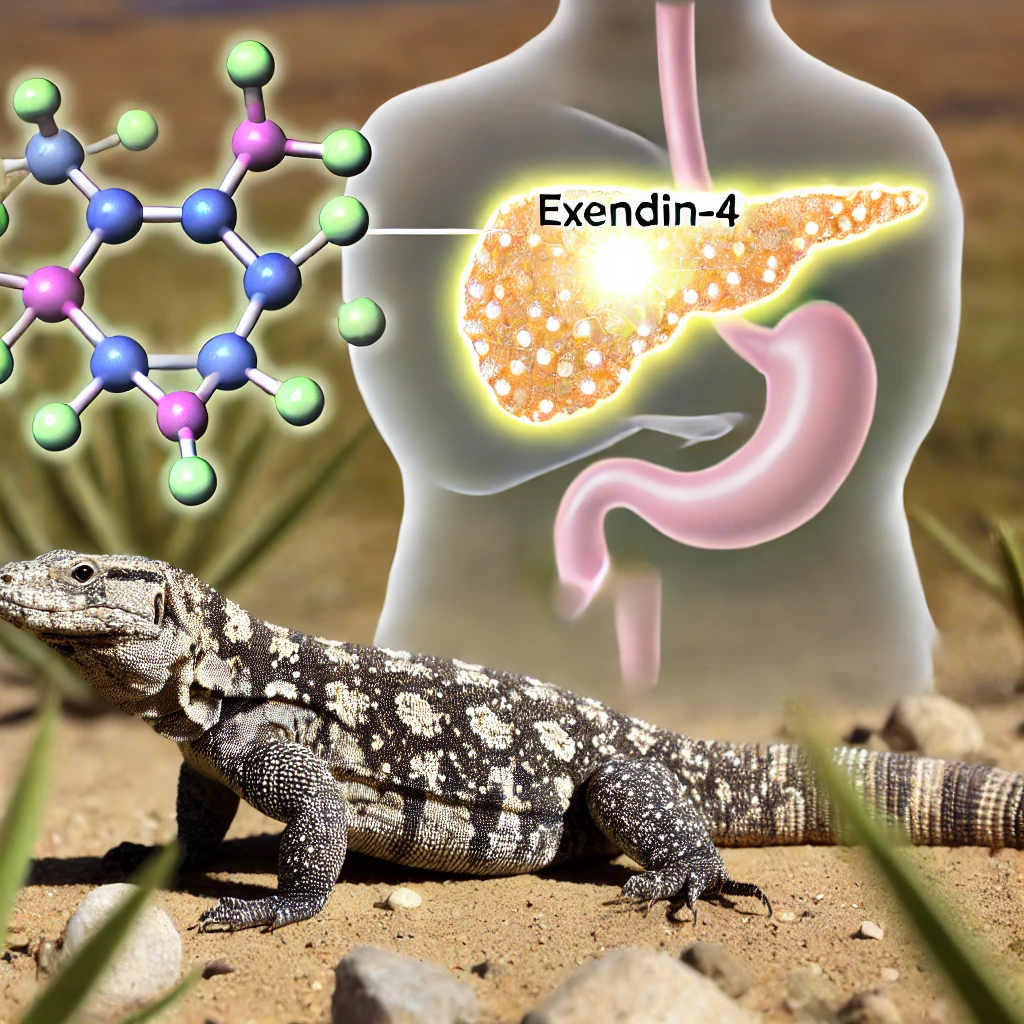A Surprising Ally in Medicine
Imagine a venomous lizard’s saliva helping save lives. Scientists have found that the Gila monster’s spit holds the key to detecting rare pancreatic tumors called insulinomas—growths that dangerously lower blood sugar levels.
A Protein with Purpose
At the center of this breakthrough is a protein named exendin-4, found in the Gila monster’s saliva. This protein mimics a natural hormone in humans that regulates blood sugar. Researchers have engineered exendin-4 to carry a harmless radioactive marker, allowing it to “light up” insulinomas in the body. When injected, the protein specifically binds to these tumors, making them visible through advanced imaging technology.
Detecting the Undetectable
Insulinomas are notoriously difficult to find because of their small size and hidden location in the pancreas. Traditional scans often miss them, delaying treatment. This new technique ensures precise tumor detection, enabling doctors to act swiftly with surgical removal, improving survival rates and patient outcomes.
Nature Inspires Medical Innovation
This discovery underscores the incredible ways natural biology can fuel medical advancements. By studying creatures like the Gila monster, scientists are opening doors to better diagnostic tools. In the future, similar techniques could help identify other elusive tumors, offering new hope in the fight against cancer.
Source: Science News – Lizard Spit May Help Detect Pancreatic Tumors





